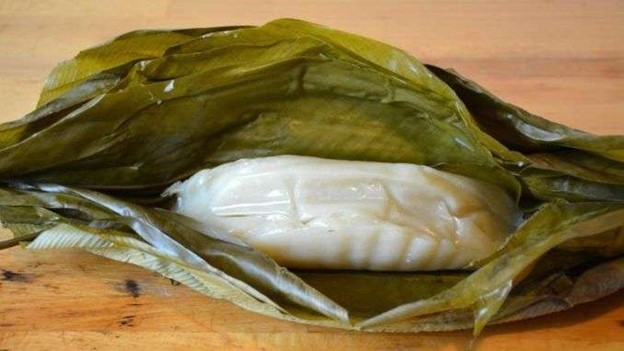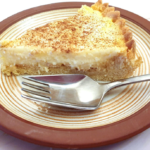When it comes to traditional Congolese cuisine, Chikwanga stands out as a beloved staple.
The bread is not only a source of sustenance but also a symbol of togetherness and celebration.
The process begins with peeling and grating the cassava roots.

The grated cassava is then soaked in water to remove the natural toxins present in the raw root.
After soaking, the cassava is drained and squeezed to remove excess moisture.
The resulting cassava pulp is then mixed with coconut milk and a touch of salt to enhance the flavor.

The mixture is poured into banana leaves or aluminum foil, folded into neat packages, and tightly secured.
Steaming to Perfection
The wrapped cassava mixture is then placed in a large pot or steamer over boiling water.
The bread is steamed for several hours, allowing the flavors to develop and the cassava to cook through.

This gentle cooking method ensures a moist and tender texture, similar to a cake or pudding.
Serving Chikwanga
Chikwanga is traditionally served in slices, allowing individuals to enjoy its soft and moist texture.
It is often enjoyed alongside meat or vegetable dishes, providing a satisfying balance to the meal.
Some people prefer to drizzle honey or syrup over the bread to enhance its sweetness further.
It is a dish that brings people together, fostering a sense of community and sharing.
Chikwanga represents the importance of traditional foods in preserving cultural heritage and celebrating the diversity of Congolese cuisine.
Congolese Chikwanga is a steamed cassava bread that embodies the essence of Congolese culinary traditions.
So, savor the flavors of this traditional delicacy and immerse yourself in the rich heritage of Congolese cuisine.